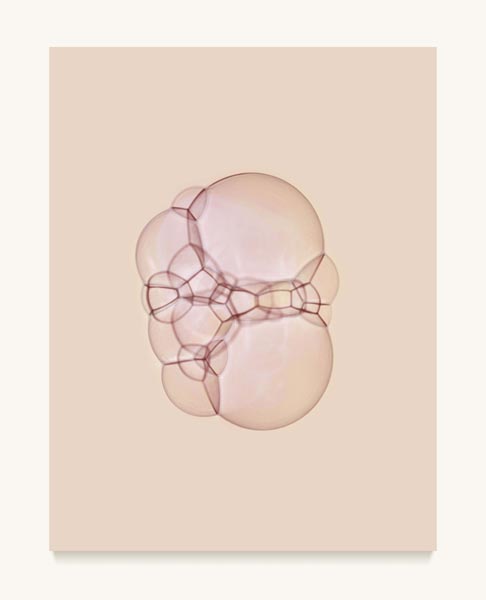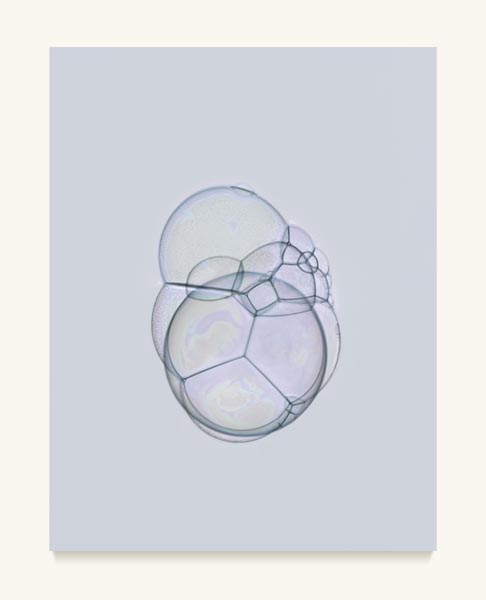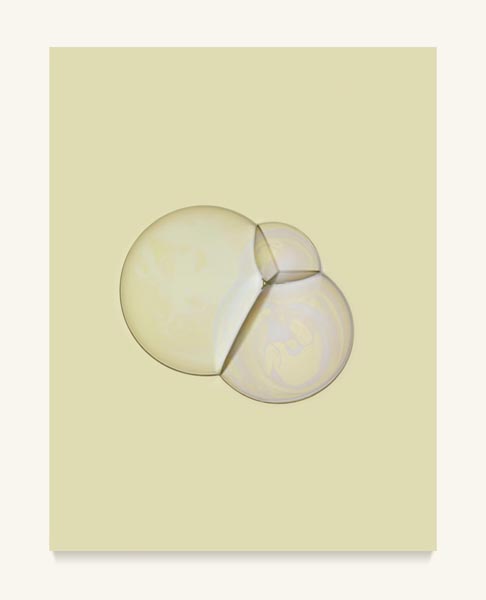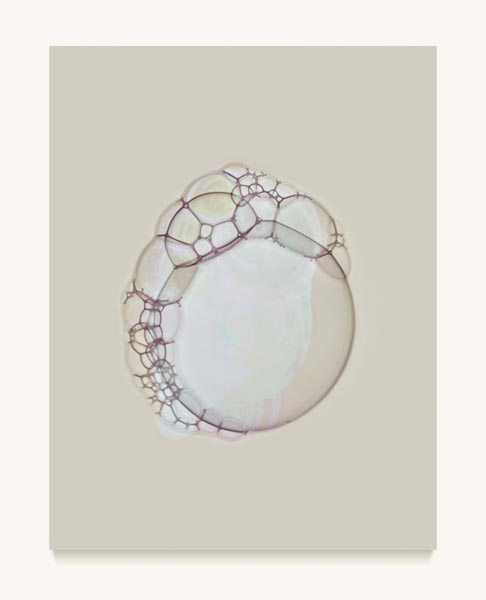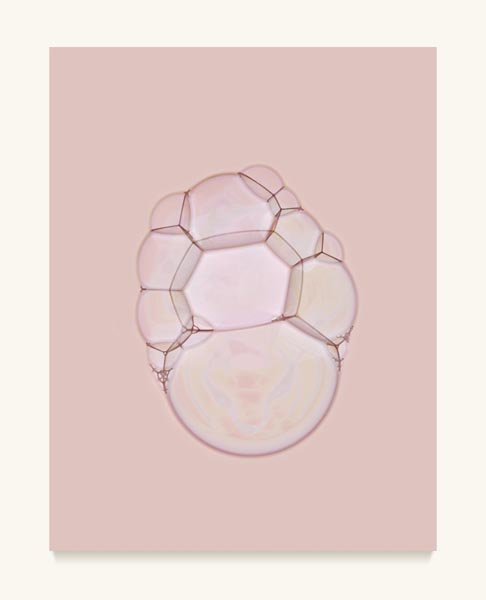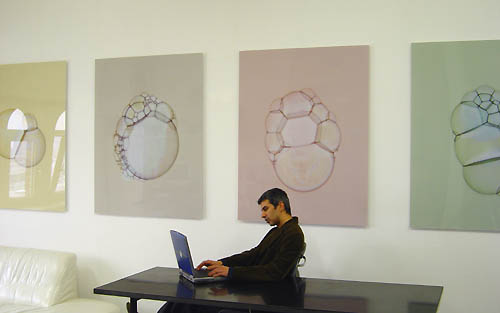selection from the series of photograms "In bed with Lucy and Dolly"
<< home : david fried - contemporary art / kunst. scroll down for more
Click on images for DETAIL
In bed with Lucy and Dolly No.32, 2003, color photogram, c-print, diasec, alu. 100 x 130 cm
In bed with Lucy and Dolly No.34, 2003, color photogram, c-print, diasec, alu. 100 x 130 cm
In bed with Lucy and Dolly No.39, 2003, color photogram, c-print, diasec, alu. 100 x 130 cm
In bed with Lucy and Dolly No.36, 2003, color photogram, c-print, diasec, alu. 100 x 130 cm
Click on images for DETAIL
In bed with Lucy and Dolly No.33, 2003, color photogram, c-print, diasec, alu. 100 x 130 cm
In bed with Lucy and Dolly No.38, 2003, color photogram, c-print, diasec, alu. 100 x 130 cm
In bed with Lucy and Dolly No.40, 2003, colour photogram, c-print, diasec, alu. 100 x 130 cm
In bed with Lucy and Dolly - Photograms
Mapping the temporal balance between water and air in the form of unique bubbles—which emerge as a result of dynamic systems that do not follow linear and hierarchal patterns of organizational behavior—Fried charts the fundamental economy of fluid networks in nature. In varying chromatic tones, Fried depicts strictly non-biological membranes that evoke a strong resemblance to primordial living cells or biotech test-tube creations, and reminds us of just how fragile, yet adoptive the architecture of life is.
Fried creates large gaseous vesicles in a totally darkened room using infrared goggles. At the decisive moment before they fall, he photograms them onto grainless color sheet-film by triggering a colored point-light source above. He captures the shadows of these fleeting objects to make an image on a photosensitive support using only light and the light sensitive material. No camera or lens is used.
What we see in his enlarged c-prints are the latent shadows and spectral aberrations of these transparent forms caused by the membrane’s curved surface. The object itself becomes the lens, subtly bending the light and altering its own image.
The series title refers to Lucy as the early hominin ‘mother’, to Us as the ‘myth-makers’, and to Dolly the cloned sheep, as to what Fried ironically calls the ‘missing link’, in a mythological dialogue that seeks orientation in a world in which man has moved from adapting to and controlling their environment, to designing life itself to fit it’s environment. With this work, Fried involves our sense of orientation in a world that has taken a biomorphic journey from the Cambrian sea to the sea of science and it’s playpens of genetic engineering.
see "interview" page for full text - English / German:
C.C.: Would you please explain your reference in the title of the photographic works to Dolly, the first cloned sheep?
D.F.: With her arrival (Dolly), a media star was born. Suddenly everyone knew a barrier was shattered between mankind's practice of altering his environment, and mankind's attempts at re-inventing himself. Man has always looked for what separates himself from other species. For me, Dolly became the missing link, fulfilling man's need to be supreme. On the other hand, Lucy, an ancient hominid, is a woman of more uncertain origin. Although we can clearly interpret her physiological nature, the question is still posed, "How intelligent was she really?" Well, at least clever enough to eat, sleep and reproduce biologically, which is more than I can say for our predecessors. So we find ourselves in bed with our own past and future, trying to orientate ourselves to this "brave new world."
Christopher Chambers is an artist, critic, and curator based in New York City.
<< home photogram text: english / deutsch color photograms: next page >>

